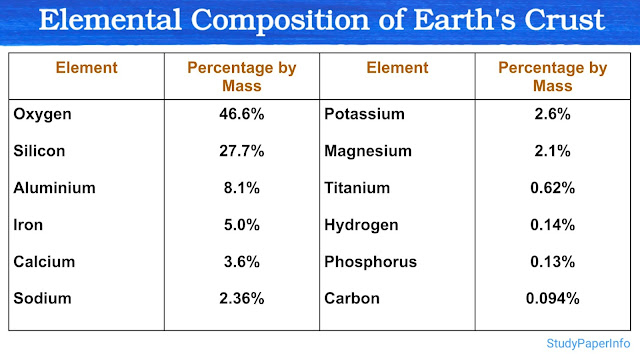State why and how three-factor mapping is generally used for linkage map preparation
Three-factor mapping is a classical method in genetics used for determining the order and relative distances between three genes located on the same chromosome. This approach is especially important in preparing linkage maps, where the physical distance between genes is estimated based on the frequency of recombination.
This method is considered more accurate than two-factor mapping because it gives information not only about recombination frequency but also helps identify the correct gene order and detect double crossover events, which are often missed in simpler analyses.
Basic Concept of Three-Factor Mapping
In three-factor mapping, a test cross is conducted using a trihybrid individual (heterozygous for three linked genes) and a homozygous recessive individual. The genotype of the trihybrid is usually of the form AaBbCc and it is crossed with aabbcc. The resulting offspring show different combinations of alleles based on whether recombination has occurred between the genes during meiosis.
Purpose of Using Three-Factor Mapping
- It helps determine the linear order of the three genes.
- It estimates the map distances (in centimorgans or map units) between adjacent genes.
- It detects double crossovers which are often missed in two-factor crosses.
- It improves the accuracy of linkage maps.
How the Method Works
The following steps are involved in three-factor mapping:
1. Test Cross
A trihybrid individual (heterozygous for three linked genes, e.g., AaBbCc) is crossed with a triple homozygous recessive tester (aabbcc). This cross allows all types of recombinant and parental combinations to be observed in the offspring.
2. Classification of Progeny
After the cross, the offspring are classified into different genotypic or phenotypic categories:
- Parental types – These have the highest frequency. No recombination has occurred between the genes.
- Single crossover types – These show recombination between only one pair of genes and occur with intermediate frequency.
- Double crossover types – These are least frequent and indicate recombination between both pairs of genes. These are crucial to determine the correct gene order.
3. Identification of Gene Order
Double crossover types help in identifying the middle gene. The gene that differs in double crossover progeny compared to the parental type is the one that lies in the middle position.
4. Calculation of Recombination Frequencies
The recombination frequency between each pair of genes is calculated using the formula:
Recombination frequency (%) = (Number of recombinant progeny between two genes ÷ Total number of progeny) × 100
- Distance between gene A and B = recombination % between A and B
- Distance between gene B and C = recombination % between B and C
These values are expressed in map units (centimorgans) and are used to construct the linkage map, which shows both the order of genes and their relative distances on the chromosome.
Example
Problem:
Suppose in a test cross involving three linked genes A, B and C, the following recombination frequencies are observed:
- Between gene A and gene B = 12%
- Between gene B and gene C = 7%
- Between gene A and gene C = 19%
What is the correct gene order?
Solution
Given:
- A–B = 12%
- B–C = 7%
- A–C = 19%
Now, try to arrange the genes in such a way that the distances match.
If we place A–B–C in a linear order, then the total distance between A and C will be:
→ A - B = 12% and B - C = 7%
→ (A - B) + (B - C) = 12% + 7%
→ A - B + B - C = 19%
→ A - C = 19% (match given data)
This exactly matches the given A–C distance, so the correct gene order is A–B–C, where B is in the middle.


Comments
Post a Comment